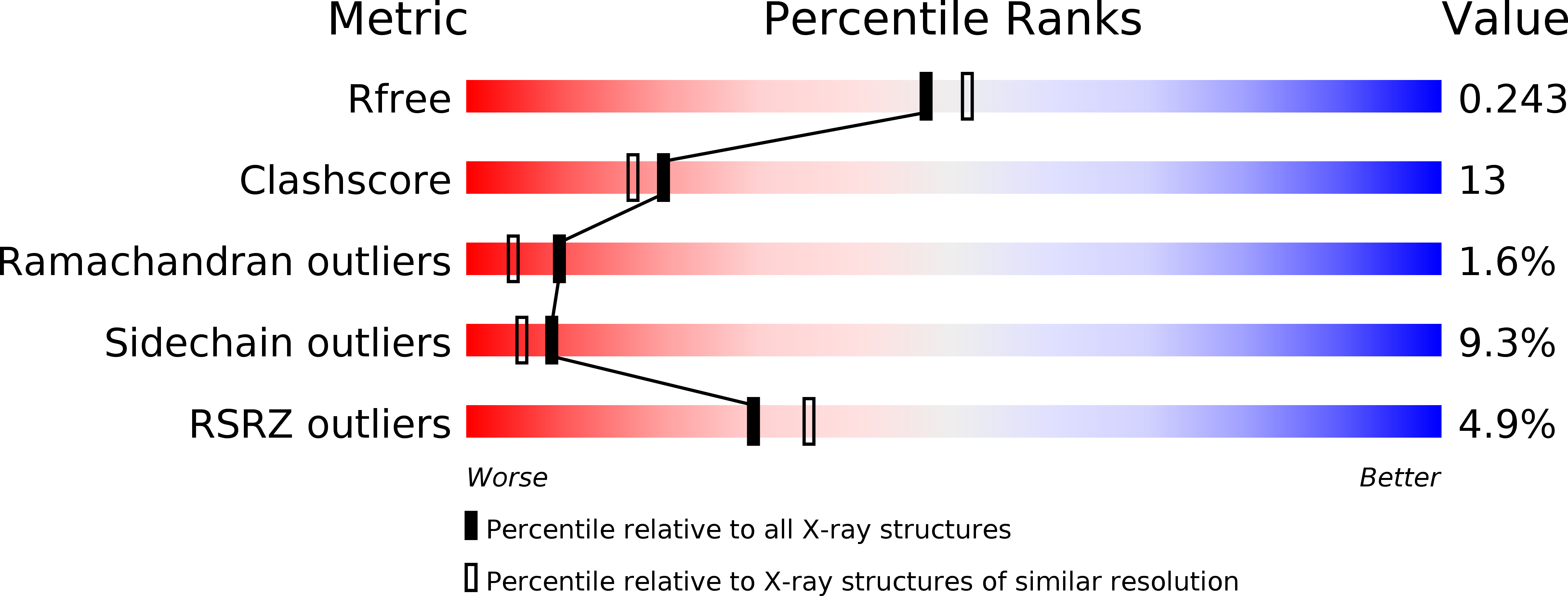
Deposition Date
2009-10-05
Release Date
2009-10-27
Last Version Date
2024-02-21
Entry Detail
PDB ID:
3K44
Keywords:
Title:
Crystal Structure of Drosophila melanogaster Pur-alpha
Biological Source:
Source Organism:
Drosophila melanogaster (Taxon ID: 7227)
Host Organism:
Method Details:
Experimental Method:
Resolution:
2.10 Å
R-Value Free:
0.24
R-Value Work:
0.22
R-Value Observed:
0.22
Space Group:
P 1 2 1


